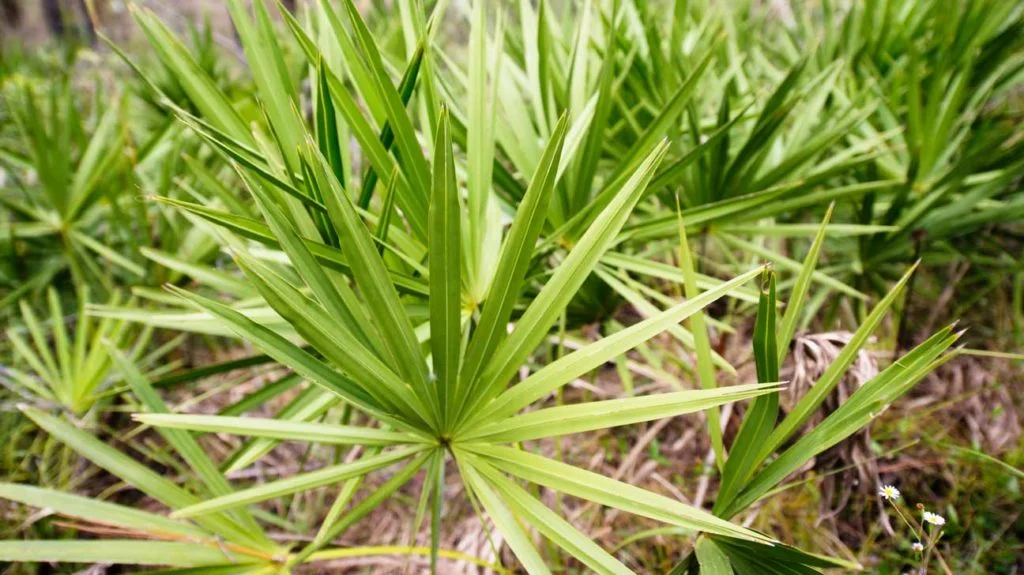Have you ever spotted a cute, fuzzy orange caterpillar in your garden and wondered if the plants nearby could harm them? So, many people care about these small caterpillars and want to ensure their safety. We’ll see whether certain plants can harm these fuzzy orange caterpillars.
Caterpillars are the early stage of butterflies, and they play a crucial role in our ecosystem by pollinating flowers and providing food for other animals. We’ll see which plants caterpillars can safely eat and which ones they should avoid.
This knowledge can help us create a welcoming environment for these fuzzy orange caterpillars in our gardens if you’re curious about which plants are caterpillar-friendly and which are not.
We’ll discover how to keep little fuzzy caterpillars happy and healthy in your garden.
What is Fuzzy Orange Caterpillar?

A fuzzy orange caterpillar is a fascinating insect, prominently featured in the Caterpillar Identification and Information Resource. They come in bright orange or reddish colors and belong to different species, the most famous being the Milkweed Tiger Moth caterpillar.
Their unique appearance, characterized by tiny hair-like structures that give them a fuzzy look, makes them stand out. You can often spot these caterpillars munching on plant leaves, but not all plants are their favorites.
This highlights the importance of understanding which environments best support their growth and development.”
Check Plants are Bad for Fuzzy Orange Caterpillar or Not
1. Milkweed Plant

The milkweed plant, Asclepias, plays a crucial role in the ecosystem, especially in nurturing various caterpillar species, including the fuzzy orange ones.
These plants are common in North America and come in multiple types, but they all play an important role in helping monarch butterflies survive. Monarch caterpillars, including the fuzzy orange ones, depend solely on milkweed for food.
They eat the leaves, which provide essential nutrients for their growth. Milkweed plants have unique characteristics that make them easy to spot. They often have a thick, milky sap that can harm many animals but is necessary for Fuzzy Orange Caterpillar.
Surprisingly, the sap’s toxins do not affect the fuzzy orange caterpillars. They’ve adapted to store these toxins in their bodies, which makes them taste bad to predators and keeps them safe.
2. Oleander Plant

The oleander plant, known as Nerium oleander, is a lovely yet potentially deadly shrub from the Mediterranean region. It’s famous for its beautiful, fragrant flower clusters in pink, white, and red colors.
Despite its beauty, oleander is dangerous because it contains harmful substances called cardiac glycosides. These substances can harm most animals, including fuzzy orange caterpillars. These caterpillars and other insects are smart to stay away from oleander.
Eating any part of the plant, whether it’s leaves, flowers, or stems, can be deadly for Fuzzy Orange Caterpillar. Oleander’s toxicity acts as a defense, keeping these caterpillars and other plant-eating animals from feasting on it.
3. Saw palmetto
Saw palmetto is a tough plant found in Florida, known scientifically as Serenoa repens. It looks like a small palm tree with fan-shaped leaves. It’s common in Florida.
But what does it mean for fuzzy orange caterpillars? Well, yes Saw Palmetto harm Fuzzy Orange Caterpillar. In fact, they often eat it and use it as a home, just like many other insects do.
But there’s a bigger thing to consider. Saw palmetto often grows closely together, forming thick groups that make it hard for other plants to grow. This can indirectly affect Fuzzy Orange Caterpillar because they need a variety of plants to eat.
4. Cowpea Plant

The Cowpea plant, scientifically known as Vigna unguiculata, is a flexible and nutritious legume that people have been growing for a very long time. It originally comes from Africa but has become popular worldwide because it can grow in many different places and has a lot of good nutrients.
Cowpeas have a lot of protein, vitamins, and minerals in them, so they’re really important in many cultures, especially in hot places. Sometimes, fuzzy orange caterpillars, like the ones from the Orange Sulphur butterfly, might be seen eating the Cowpea plant’s leaves.
This can make the plant look a bit damaged, but usually, it doesn’t hurt the plant too much. People who grow Cowpeas in their gardens or farms often use natural ways to control these Fuzzy Orange caterpillars and keep their Cowpea plants safe.
5. Castor Plant

The Castor plant, scientifically called Ricinus communis, is a fascinating but somewhat well-known African plant. It’s known for its large leaves and special seed pods that have really poisonous seeds inside.
People have used Castor oil, made from these seeds, for medicine and industry for a long time, but you shouldn’t eat it because it contains a dangerous substance called ricin. For fuzzy orange caterpillars, the Castor plant is quite interesting.
Its leaves have toxins that scare away most plant-eating animals. However, a few caterpillar types, like the Fuzzy Orange Caterpillar, have figured out how to eat Castor plants without getting sick.
This helps them stay safe from predators that avoid toxic prey and lets them enjoy a food source that other animals usually don’t touch.
Conclusion
Not all plants are harmful to fuzzy orange caterpillars. Some plants serve delicious meals, while others can be toxic. For instance, caterpillars happily munch on milkweed plants as their favorite treat. However, certain caterpillars avoid specific plants because they can harm their diets. Some plants can make them ill or worse.
Therefore, if you wish to support these creatures, think of planting the right types of food for them, such as milkweed and castor plant. Let’s become responsible gardeners and create a hospitable environment for these fuzzy orange caterpillars.
Enable them to grow into beautiful butterflies while enjoying their preferred plants without any harm.


